
Bottomline is…it makes a difference…and you don’t need a blind test to realize that. Take a cheapo ethernet cable from one brand and take another cheapo cable from another, and you’ll hear a difference. Try it.
- Audioquest Vodka – $339 (1.5m)
- SOtM dCBL-CAT6 – $250 (2m)
The Vodka cable’s build quality is amazing. I’ve never graced an ethernet cable this beautiful. The connectors were authoritative and had a great quality feel to them. However, I only care about the sound. Here were my impressions after a few days of listening to both cables.
The Vodka trades some low-end for a refined overall presentation. Less warm if you will.
- Vocals are more recessed and laid-back.
- I think the Vodka robs some of the dynamics and some of the much needed low-end.
- The bass off the Vodka is taut and precise.
- Vodka makes the music sound cold.
- I would imagine this cable better for warmer gear.
On the other hand, the SOtM dCBL-CAT6 sounded much more musical. To be frank, it sounded better in every way.
- More coherent sound. The music just flows effortlessly.
- More euphoric and dynamic
- More detailed
- Better imaging and better soundstage width/depth
- Very balanced and musical across the entire spectrum
In comparison, the Vodka seems to suck the energy and life out of the music. The soundstage is also a bit narrower with the Vodka cable as well. Switching back to the SOtM, I get my groove back. All the details and macro/micro dynamics unravel and you’re presented with an expansive sound. It’s no contest. Going back to the Vodka, I think to myself “What happened to my music? It’s so dull and life sucks.” Like I’ve said, your setup may vary and it might sound beautiful with your gear. For what it’s worth, the Vodka did sound better than some of my hand-made and generic cheap cables here, so there is improvement with a higher quality cable.
Anyway, the SOtM wins this battle on my setup by a large margin. If your setup is on the warmer side, the Vodka might work well for you as the SOtM might be too energetic. However, I’m not sure how that would correct some of the Vodka’s deficiencies in dynamics and PRaT. If you have a different experience with the Vodka, please mention them in the comments! I’m all ears.

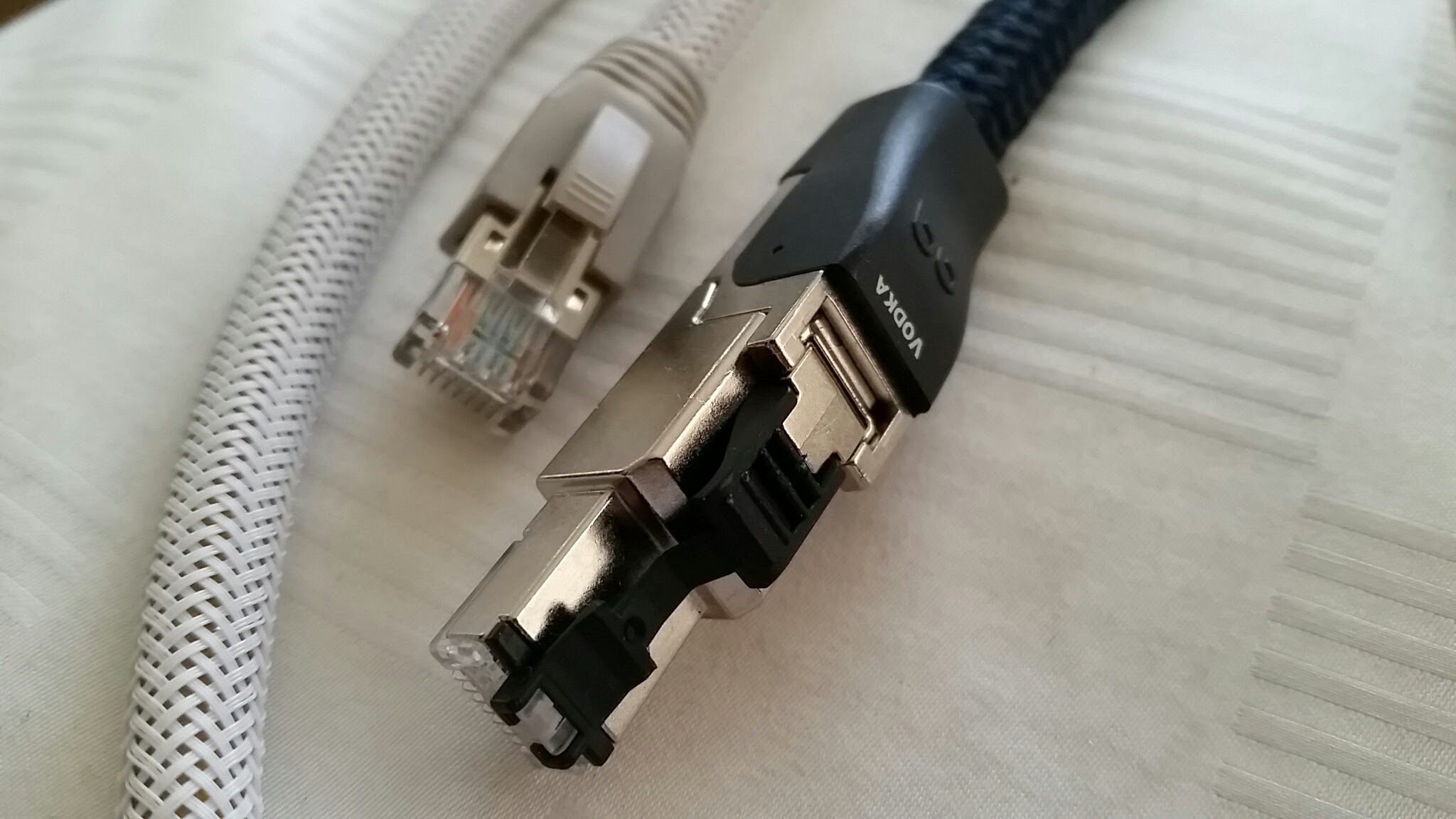
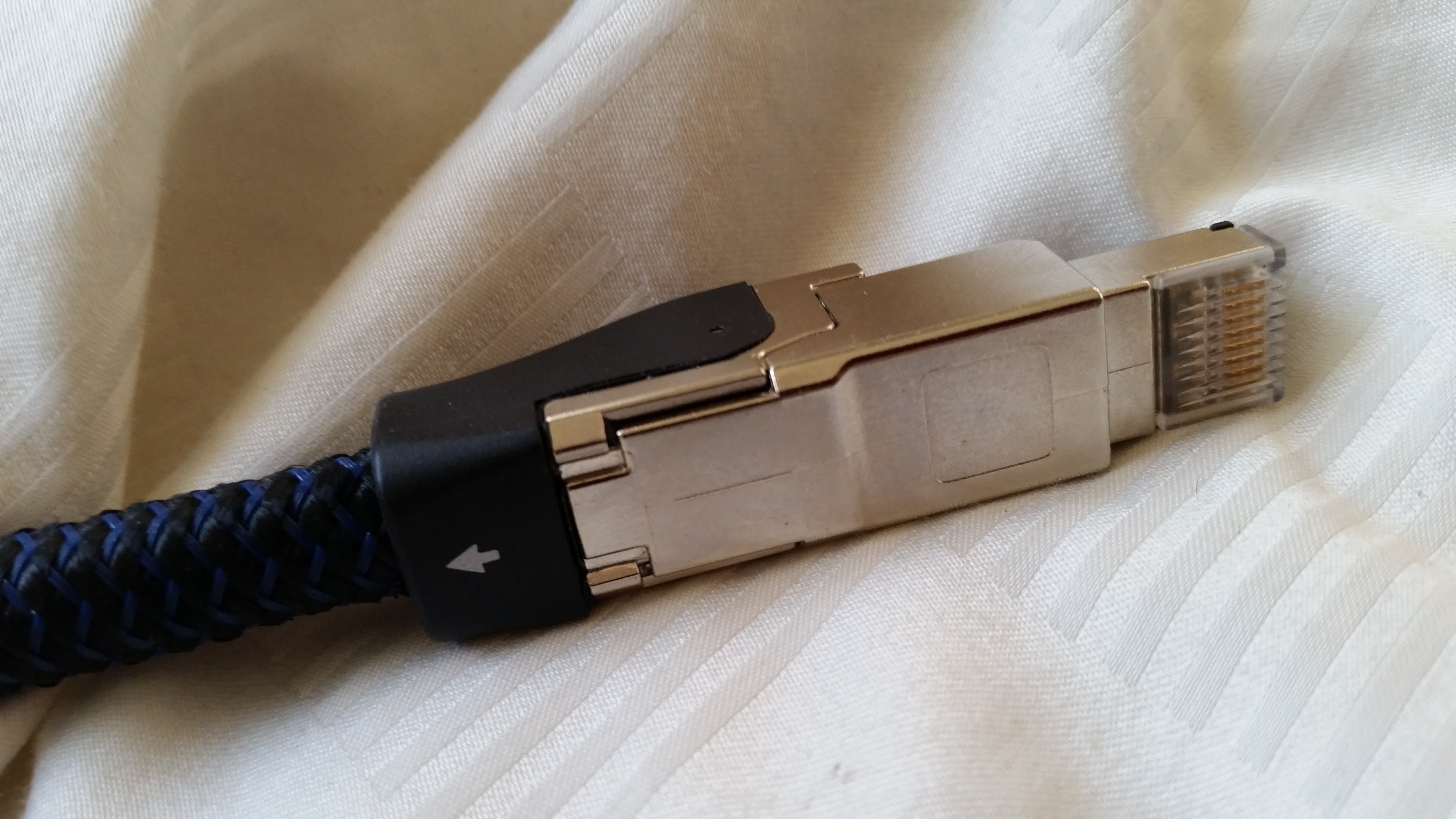
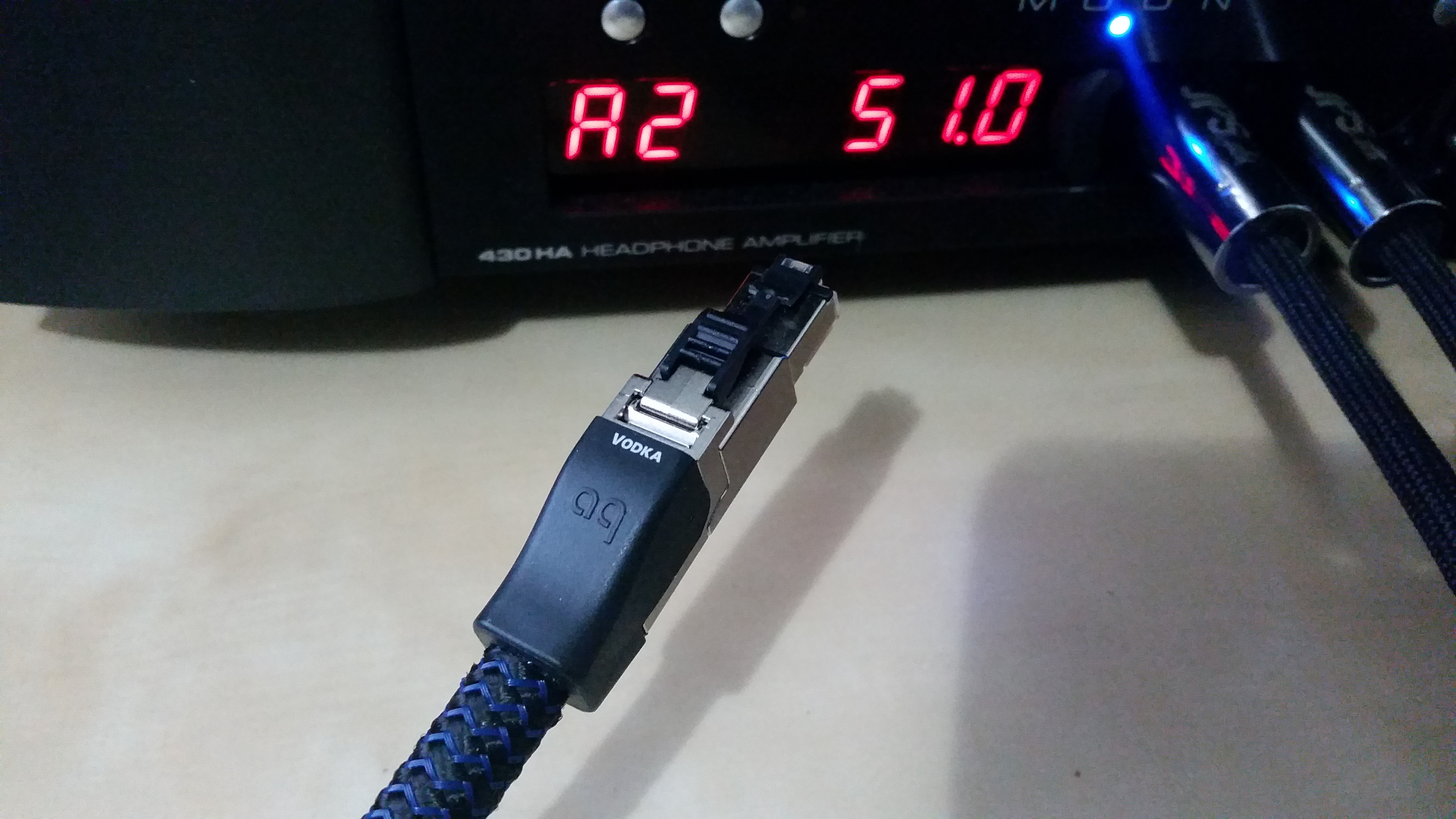



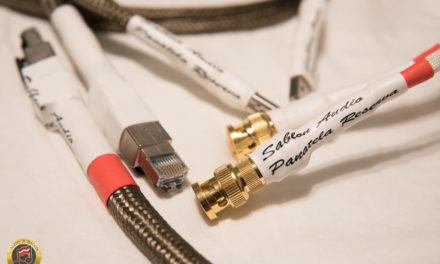
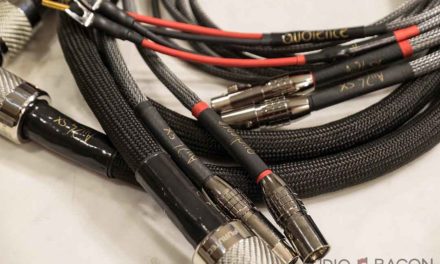
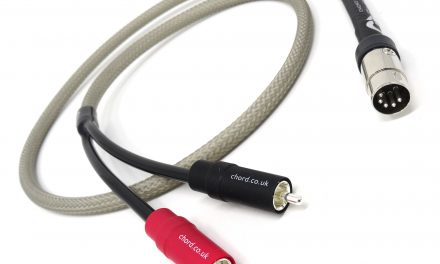

Hi AB Folks,
Barrows here, product development consultant for Sonore/Simple Design, the company making the best audio Ethernet Renderers available. One thing your readers should be aware of is that most of the generic Ethernet cable available is of unknown Chinese origin (including many branded cables, cables available from Amazon and eBay, at staples, etc) and often does not even meet its marked specification. We advise our customers to use Blue Jeans cables CAT 6A, which is very affordable, made of quality solid core copper, bonded twisted pairs, made in the USA by Belden, and terminated by Blue Jeans Cables. Each cable is individually tested before shipping so one can be assured of the quality, and the price is a fraction of the “audiophile” brands. While we do not discourage folks from trying the “audiophile” ethernet cables, we do caution that comparisons should be made vs. a quality cable such as Blue Jeans Cables CAT 6A, and not versus generic Chinese made product which often does not even meet spec!
It would be easy for a very expensive “audiophile” cable to win a shoot out if it is vs. generic Chinese made Ethernet cables: so start with good quality first, and then compare the “audiophile” brands to that.